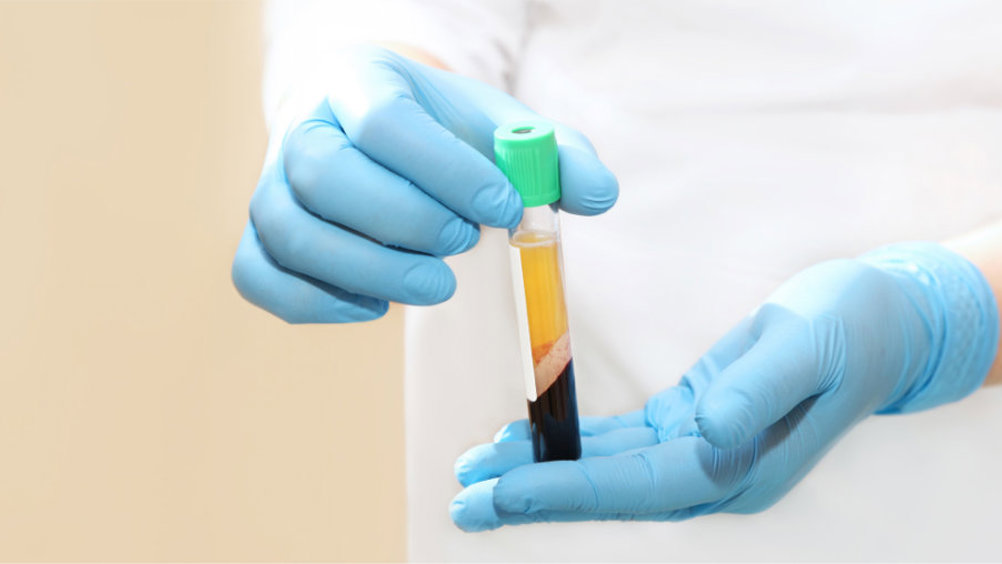The future of aesthetic nursing

Abstract
Sharon Bennett looks to what is ahead in aesthetic medicine and reflects on the undertakings of the British Association of Cosmetic Nurses
As Chair of the British Association of Cosmetic Nurses (BACN) and a clinic owner, recently, I have been asked how I see the aesthetics speciality affected by the financial instability that is rocking our economy, with rising costs and inflation rates. Historically the aesthetics injectables market has grown 10% a year, mainly due to expanded services in aesthetics clinics, shifting consumer attitudes about wellness, ageing and beauty and an increase in the awareness and acceptance of medical aesthetic treatments among both men and women.
The COVID-19 pandemic showed the resilience of the medical aesthetics injectables market in spite of the concerns we had. Clinicians were resourceful and used the benefits of technology to keep patients informed and encourage online consultations, webinars, educational information and product sales.
When we finally opened our clinic doors, we noted that not only was our regular patient base sustained, with patients rapidly returning for maintenance procedures, but we had a new cohort of patients driven by increased virtual interaction—dubbed the ‘Zoom effect’. We also saw emerging patient groups, such as men and younger people, who had researched treatments on content-rich social media and were financially healthy.
Register now to continue reading
Thank you for visiting Journal of Aesthetic Nurses and reading some of our peer-reviewed resources for aesthetic nurses. To read more, please register today. You’ll enjoy the following great benefits:
What's included
-
Limited access to clinical or professional articles
-
New content and clinical newsletter updates each month


